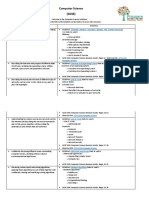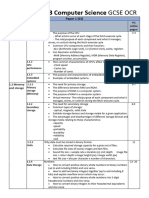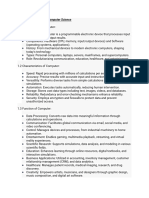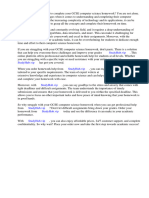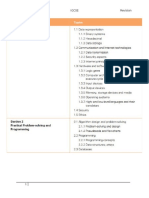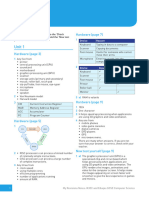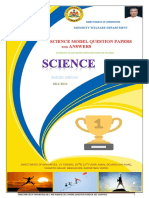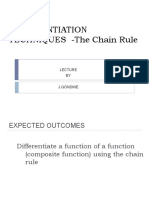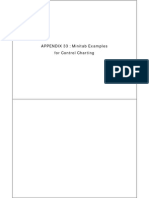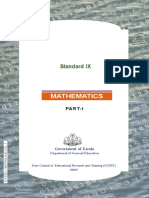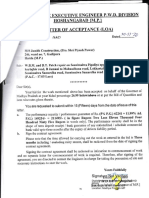0% found this document useful (0 votes)
19 views6 pagesOCR GCSE Computer Science Paper1 Expanded Notes
The document covers key concepts in computer systems, including CPU architecture, memory types, data representation, computer networks, network security, and ethical/legal issues. It explains components like the ALU, CU, and the fetch-decode-execute cycle, alongside storage types and their evaluations. Additionally, it addresses network types, protocols, cyber threats, security measures, and the impact of technology on society and the environment.
Uploaded by
justmayonaise007Copyright
© © All Rights Reserved
We take content rights seriously. If you suspect this is your content, claim it here.
Available Formats
Download as PDF, TXT or read online on Scribd
0% found this document useful (0 votes)
19 views6 pagesOCR GCSE Computer Science Paper1 Expanded Notes
The document covers key concepts in computer systems, including CPU architecture, memory types, data representation, computer networks, network security, and ethical/legal issues. It explains components like the ALU, CU, and the fetch-decode-execute cycle, alongside storage types and their evaluations. Additionally, it addresses network types, protocols, cyber threats, security measures, and the impact of technology on society and the environment.
Uploaded by
justmayonaise007Copyright
© © All Rights Reserved
We take content rights seriously. If you suspect this is your content, claim it here.
Available Formats
Download as PDF, TXT or read online on Scribd
/ 6






